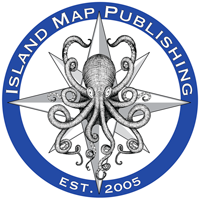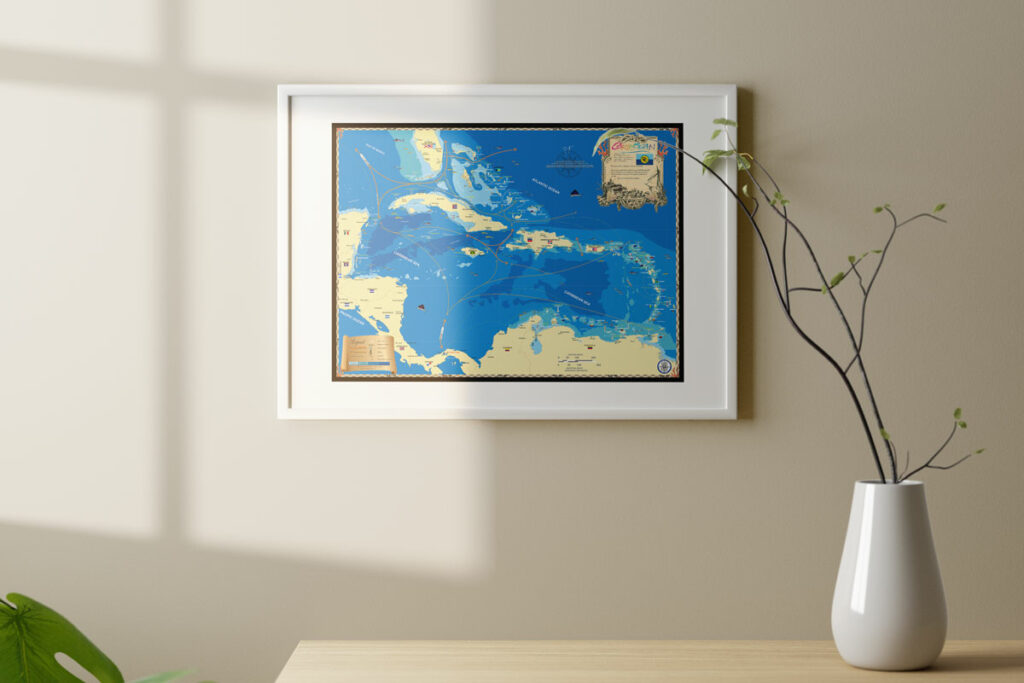The Keys were not officially settled until the U.S. bought Florida from Spain in 1819. During that time there were no doubt fish camps and wrecking stations, but the Spanish never established a permanent settlement.
Many if not most the early settlers were from the Bahamas. Bahamians had been salvaging shipwrecks, known as wrecking, in the Keys for years and knew how to fish and farm the rocky land, much like their home islands. Another driving force for them was destitution. After the Revolutionary War, British Loyalists from the American colonies accepted land grants in the Bahamas in return for their loyalty to the crown. They’d left America in hopes of recreating the plantations they had in places like Virginia and Carolina, but after a generation it was clear the plan had failed. They’d fought on the losing side of the war and now were left with worthless land in the Bahamas. They emigrated in mass to the Keys where they fished, farmed and wrecked just like they’d done at home in the Bahamas but in better proximity to world markets.
There were notable settlers including Captain Temple Pent, a Bahamian who became a U.S Navy navigation pilot and ultimately an Upper Keys Representative in the Florida Territory. American fishermen and wreckers from New England started to fish the Keys after the War of 1812 and several settlements came and went on Key Vaca and other islands outside of Key West. After Indians killed a number of settlers on Indian Key in 1840, including Dr. Henry Perrine, most Keys residents scattered along the chain and fled to Key West.
Key West had by far the most settlers. John Simonton bought the island from a Spanish land grant just before the Navy arrived in 1822 to set up a base. He became partners with John Whitehead, John Fleming and Pardon Greene who all played a role in founding Key West – they left their names on the streets you see today. Wrecking created wealth in Key West and the early settlement grew around that industry and the stores and shipbuilding that were needed to run it. The town’s success attracted professionals like accountants, doctors, engineers and lawyers. As Key West grew, other settlements sprouted up along the Keys chain after the Indian threat of the 1840s settled down, but it wasn’t until the railroad came that Marathon and other large communities came to life.
To learn more about the history of the Florida Keys check out our latest history book, The Florida Keys: A History Through Maps. Island Map Publishing also offers decorative maps perfect for gifts or home decor! Don’t see what you’re looking for? Call today to discuss a custom order, 239-963-3497.


